Occupation Dancer, choreographer Years active 1915–1948 | Name Leonide Massine Role Choreographer | |
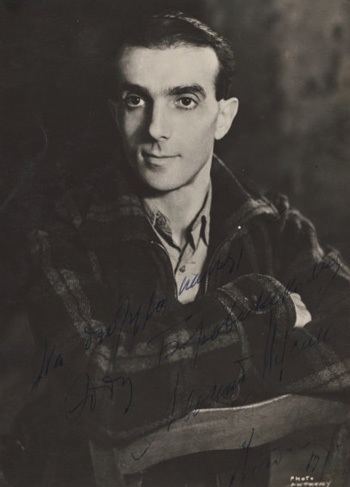 | ||
Native name Leoníd Fyodorovich Myásin Full Name Leonid Fyodorovich Myasin Awards National Museum of Dance\'s Mr. & Mrs. Cornelius Vanderbilt Whitney Hall of Fame, 2002 Spouse Hannelore Holtwick (m. 1978–1979) Children Theodor Myasin, Peter Myasin, Tatiania Myasin, Lorca Myasin Books Massine on Choreography: Theory and Exercises in Composition Movies The Red Shoes, The Tales of Hoffmann, Neapolitan Carousel, Honeymoon Similar People Moira Shearer, Emeric Pressburger, Robert Helpmann, Michael Powell, Marius Goring | ||
Leonide massine pt1
Leonid Fyodorovich Myasin (Russian: Леони́д Фёдорович Мя́син), better known in the West by the French transliteration as Léonide Massine (9 August [O.S. 28 July] 1896 – 15 March 1979), was a Russian choreographer and ballet dancer. Massine created the world's first symphonic ballet, Les Présages, and many others in the same vein. Besides his "symphonic ballets," Massine choreographed many other popular works during his long career, some of which were serious and dramatic, and others lighthearted and romantic. He created some of his most famous roles in his own comic works, among them the Can-Can Dancer in La Boutique fantasque (1919), the Hussar in Le Beau Danube (1924), and, perhaps best known of all, the Peruvian in Gaîté Parisienne (1938).
Contents
- Leonide massine pt1
- 1920s Leonide Massine Performs Le Mantilla London Dance HD
- Early life and education
- Ballets Russes
- Col de Basils Ballet Russe de Monte Carlo
- Massine Blums Ballet Russe de Monte Carlo
- Film work
- Personal life
- Awards
- Major works
- References
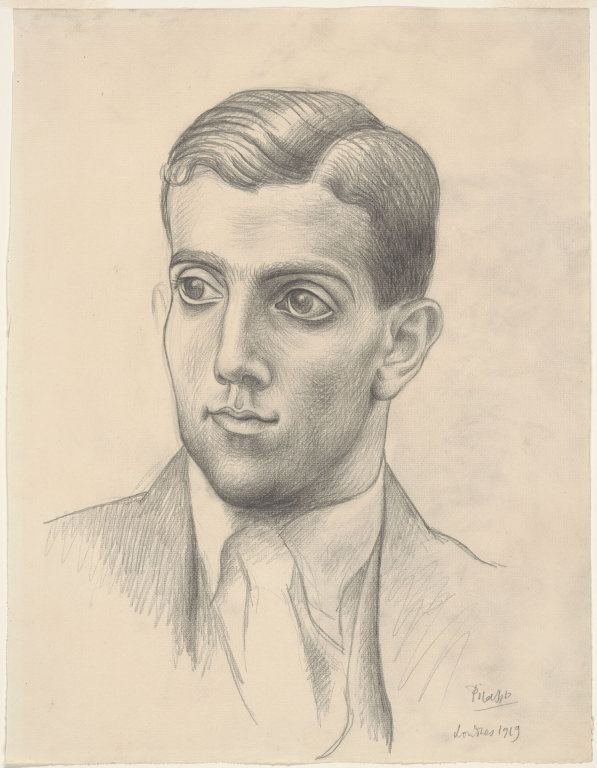
1920s Leonide Massine Performs Le Mantilla, London, Dance, HD
Early life and education
Léonide Massine was born in Moscow and was a ballet student at the Imperial Theater School in that city.
Ballets Russes
From 1915 to 1921 he was the principal choreographer of Sergei Diaghilev's Ballets Russes.
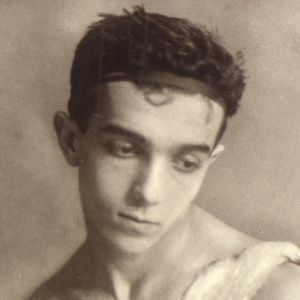
Following the departure of Vaslav Nijinsky, the company's first male star, Massine became the preeminent male star and took over Nijinsky's roles. His first ballet, in 1915, called Le Soleil de Nuit, used Russian folklore as elements. In 1917, Massine collaborated with composer Erik Satie and artist Pablo Picasso to create the ballet Parade.
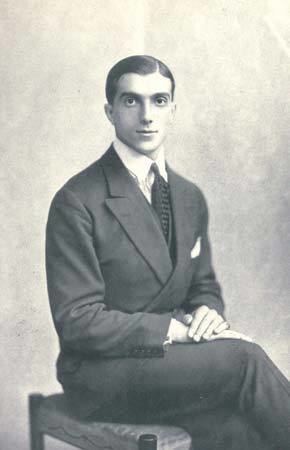
One of his most famous ballets, The Three-cornered Hat (Le Tricorne or El sombrero de tres picos), (1919, music by Manuel de Falla) displayed Massine's talent in character dances. His collaborators, all Spanish, helped to make this ballet more authentic to its subject matter. Again, Picasso designed the sets and costumes; the story was based on Pedro Antonio de Alarcón's novel, El Sombrero de tres picos. Massine spent a lot of time in Spain doing anthropological research for The Three-cornered Hat, in order to understand authentic Spanish dances and their style.
Col. de Basil's Ballet Russe de Monte Carlo
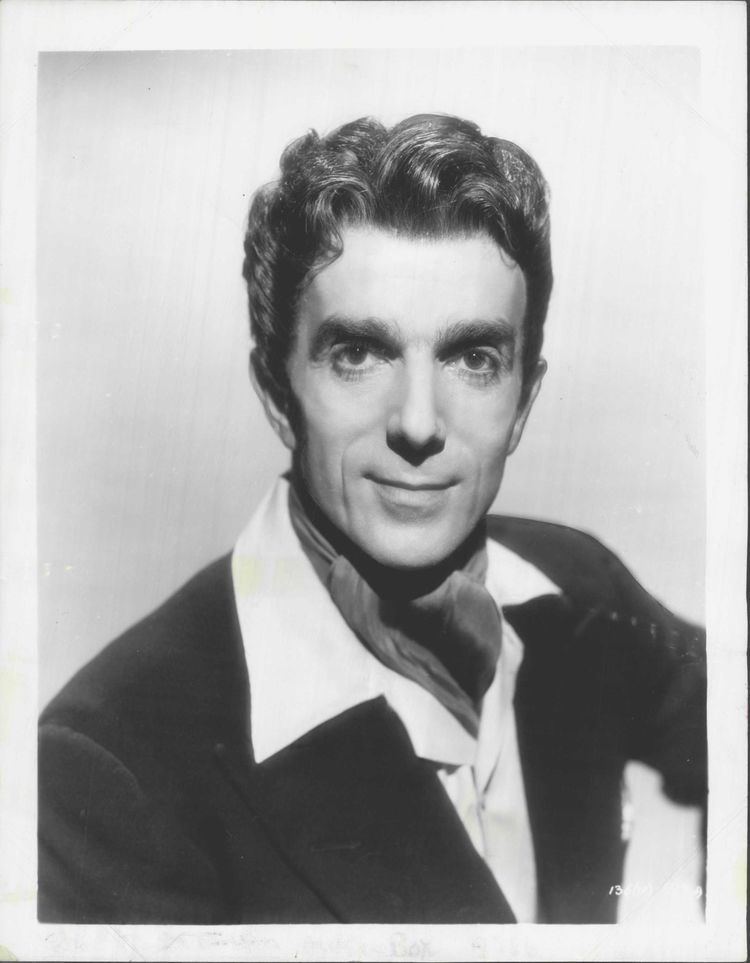
After the death of Diaghilev in 1929 and the disbanding of his company, Massine became the choreographer and male lead dancer of the Ballet Russe de Monte Carlo, a dance company that succeeded the original Ballets Russes.
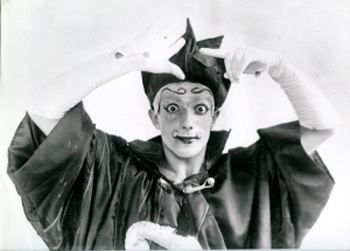
In 1933, Massine created the world's first symphonic ballet, Les Présages, using Tchaikovsky's Symphony No. 5. This caused a furor amongst musical purists, who objected to a serious symphonic work being used as the basis of a ballet. Undeterred, Massine continued work on Choreartium, set to Brahms' Fourth Symphony, which had its premiere on 24 October 1933 at the Alhambra Theatre in London. He also choreographed a ballet to Hector Berlioz's 1830 Symphonie Fantastique and danced the role of The Young Musician with Tamara Toumanova as The Beloved at its premiere at Covent Garden, London, on 24 July 1936 with Colonel Wassily de Basil's Ballet Russe de Monte Carlo.
Massine & Blum's Ballet Russe de Monte Carlo
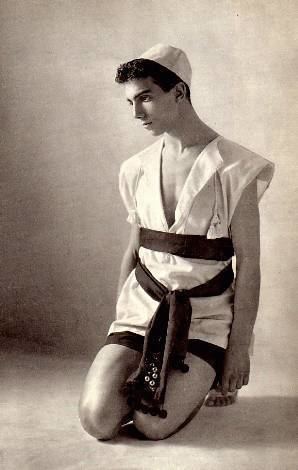
Leaving Col. de Basil's company, in 1937 Massine and René Blum (himself a former associate of de Basil's) acquired financing from Julius Fleischmann, Jr.'s World Art, Inc. to create a new ballet company, with Massine as the resident choreographer. Trouble began when Massine discovered that the ballets he had choreographed while under contract with Col. de Basil were owned by his company. Massine sued Col. de Basil in London to regain the intellectual property rights to his own works. He also sued to claim the Ballet Russe de Monte Carlo name. The jury decided that Col. de Basil owned Massine's ballets created between 1932 and 1937, but not those created before 1932. It also ruled that both successor companies could use the name Ballet Russe — but only Massine & Blum's company could be called Ballet Russe de Monte Carlo. Col. de Basil finally settled on the Original Ballet Russe.
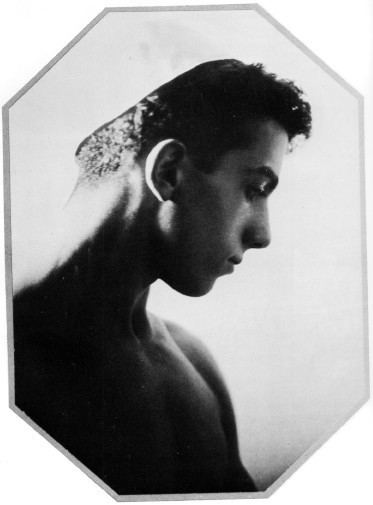
The new Ballet Russe de Monte Carlo debuted in 1938; Massine choreographed Gaîté Parisienne, set to music by Jacques Offenbach, which premiered on April 5 at the Théâtre de Monte Carlo. A month later he produced Seventh Symphony, to Beethoven's score. It premiered on 5 May 1938 in Monte Carlo, with Alicia Markova, Nini Theilade, Frederic Franklin, and Igor Youskevitch as the principal dancers.
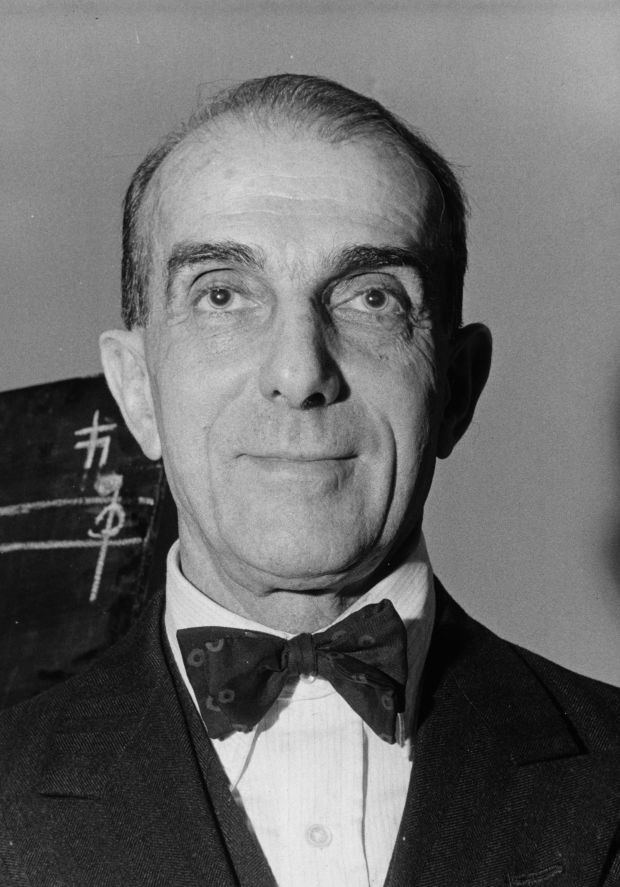
Massine left Ballet Russe de Monte Carlo in 1943.
Film work
Massine appeared in two films by the British directors Michael Powell and Emeric Pressburger: The Red Shoes (1948) and The Tales of Hoffmann (1951); and in a cameo in Powell's later Honeymoon (1959). He also starred in several ballet short subjects. For Warner Brothers, he starred with the Ballet Russe de Monte Carlo in short Technicolor films of his ballets Gaîté Parisienne and Capriccio Espagnol titled, respectively, The Gay Parisian (1941) and Spanish Fiesta (1942). He choreographed and danced in the 1947 20th Century Fox color film Carnival in Costa Rica, and also choreographed and appeared as Punchinello in the film Carosello Napoletano.
Personal life
In his youth, Massine was the protégé and lover of Diaghilev. In later life he enjoyed numerous love affairs with beautiful women and had four wives. His first two wives, Vera Savina (née Vera Clark) and Eugenia Delarova, were both ballet dancers. With his third wife, Tatiana Orlova, he had two children, a son, Lorca, and a daughter, Tatiania. He and Orlova divorced in 1968. He subsequently married Hannelore Holtwick, with whom he had two sons, Peter and Theodor, and made his home in Borken, West Germany, where he died on 15 March 1979.
Awards
Massine was inducted into the National Museum of Dance's Mr. & Mrs. Cornelius Vanderbilt Whitney Hall of Fame in 2002.
